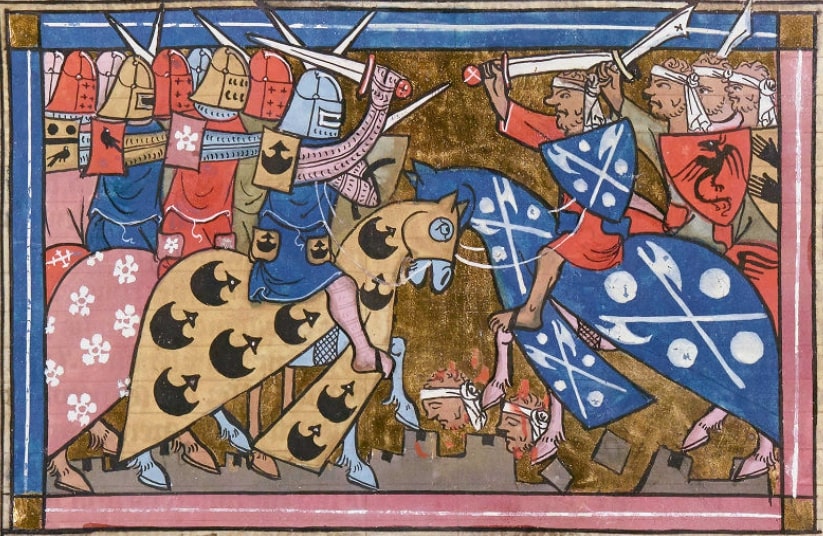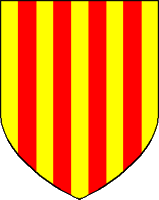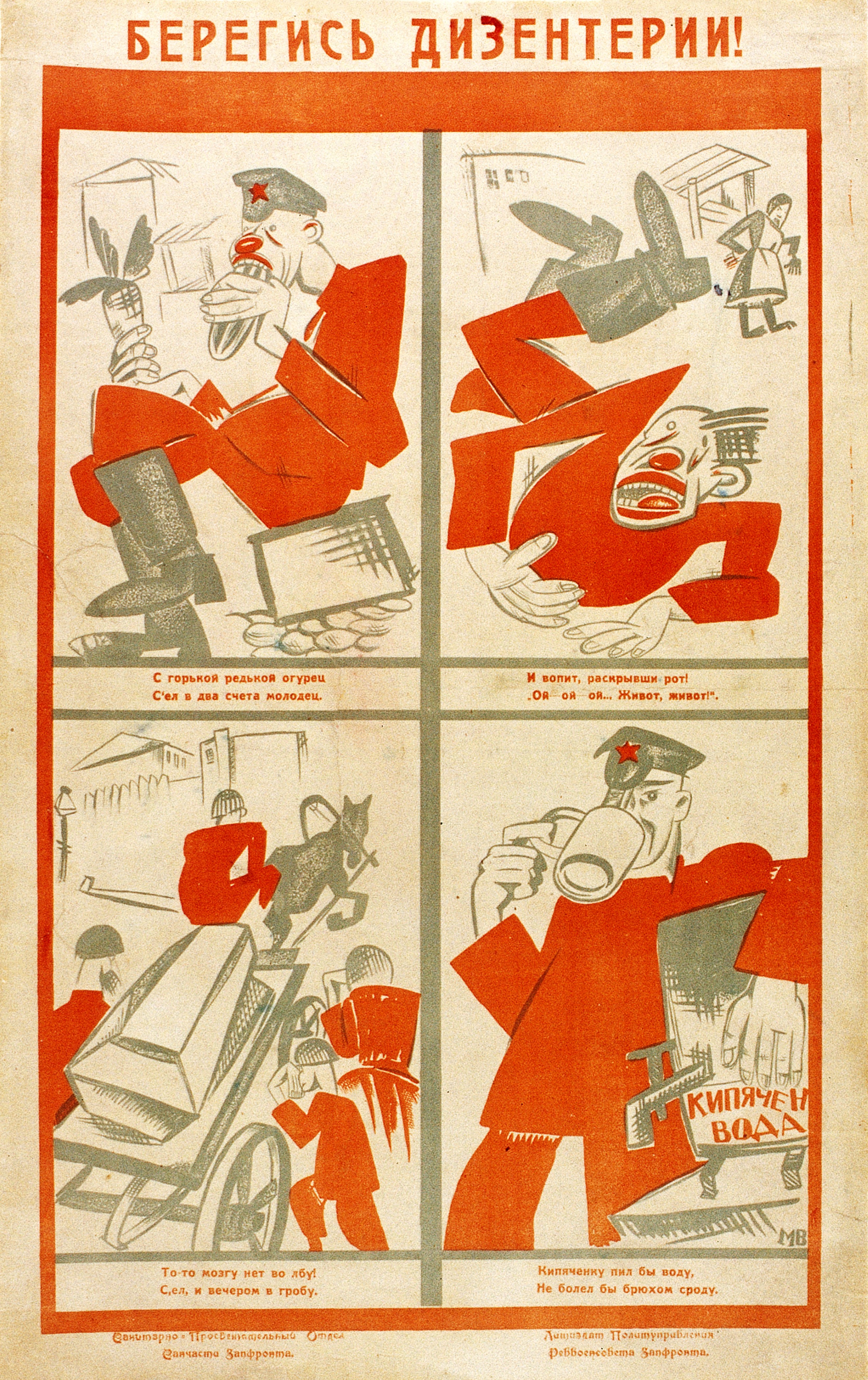|
Aragonese Crusade
The Aragonese Crusade or Crusade of Aragon, a part of the larger War of the Sicilian Vespers, was declared by Pope Martin IV against King Peter III of Aragon in 1284 and 1285. Because of the recent conquest of Sicily by Peter, Martin declared a crusade against him and officially deposed him as king, on the grounds that Aragon was a papal fief: Peter's grandfather and namesake, Peter II, had surrendered the kingdom as a fief to the Holy See. Martin bestowed Aragon on Peter's nephew Count Charles of Valois, son of King Philip III of France. The crusade soon caused civil war within Aragon, as Peter's brother, King James II of Majorca, joined the French. James had also inherited the County of Roussillon and thus stood between the dominions of the French and Aragonese monarchs. Peter had opposed James' inheritance as a younger son and reaped the consequence of such rivalry in the crusade. Peter's eldest son, the future Alfonso III, was placed in charge of defending the border w ... [...More Info...] [...Related Items...] OR: [Wikipedia] [Google] [Baidu] |
Crusades
The Crusades were a series of religious wars initiated, supported, and sometimes directed by the Latin Church in the medieval period. The best known of these Crusades are those to the Holy Land in the period between 1095 and 1291 that were intended to recover Jerusalem and its surrounding area from Islamic rule. Beginning with the First Crusade, which resulted in the recovery of Jerusalem in 1099, dozens of Crusades were fought, providing a focal point of European history for centuries. In 1095, Pope Urban II proclaimed the First Crusade at the Council of Clermont. He encouraged military support for Byzantine emperor AlexiosI against the Seljuk Turks and called for an armed pilgrimage to Jerusalem. Across all social strata in western Europe, there was an enthusiastic response. The first Crusaders had a variety of motivations, including religious salvation, satisfying feudal obligations, opportunities for renown, and economic or political advantage. Later crusades were ... [...More Info...] [...Related Items...] OR: [Wikipedia] [Google] [Baidu] |
County Of Roussillon
The County of Roussillon ( ca, Comtat de Rosselló, , la, Comitatus Ruscinonensis) was one of the Catalan counties in the Marca Hispanica during the Middle Ages. The rulers of the county were the counts of Roussillon, whose interests lay both north and south of the Pyrenees. Roussillon, historical and cultural region encompassing the southern French ''département'' of Pyrénées-Orientales and coextensive with the former province of Roussillon. Its chief city has always been Perpigna Visigothic county There was a Visigothic county around the city of Ruscino in the 6th and 7th centuries with a jurisdiction corresponding to the Diocese of Elna. This early county comprising the historic '' comarques'' of Plana del Roselló, Conflent, and Vallespir was created by Visigothic king Liuva I in 571. The Visigothic legacy in Roussillon survived in its courts, where Visigothic law was applied exclusively as late as the 11th century. Roussillon was occupied by the Moors in 721. It wa ... [...More Info...] [...Related Items...] OR: [Wikipedia] [Google] [Baidu] |
Battle Of The Col De Panissars
The Battle of the Col de Panissars was fought on 30 September and 1 October 1285 between the forces of Philip III of France and Peter III of Aragon. It was a severe defeat for the French, who were already retiring over the Pyrenees when the Aragonese fell on them. It was the last battle of the Aragonese Crusade, a papally-sanctioned war on behalf of Charles of Valois to secure the Aragonese throne from the excommunicated king Peter III, who had conquered Sicily against papal interests. The battle followed on the heels of the naval victory at Les Formigues on 4 September. __TOC__ Location and battle The pass around the massif of Albères (568 m) in Catalonia was the main route through the Pyrenees in the Middle Ages. The Romans had called it the ''Summum Pyrenæum''. It has since been superseded by the Col de Perthus (or Col du Perthus) one kilometre to the northeast. Having promised to grant passage to the French king and his family, the Aragonese troops contented them ... [...More Info...] [...Related Items...] OR: [Wikipedia] [Google] [Baidu] |
Pyrenees
The Pyrenees (; es, Pirineos ; french: Pyrénées ; ca, Pirineu ; eu, Pirinioak ; oc, Pirenèus ; an, Pirineus) is a mountain range straddling the border of France and Spain. It extends nearly from its union with the Cantabrian Mountains to Cap de Creus on the Mediterranean coast. It reaches a maximum altitude of at the peak of Aneto. For the most part, the main crest forms a divide between Spain and France, with the microstate of Andorra sandwiched in between. Historically, the Crown of Aragon and the Kingdom of Navarre extended on both sides of the mountain range. Etymology In Greek mythology, Pyrene is a princess who gave her name to the Pyrenees. The Greek historian Herodotus says Pyrene is the name of a town in Celtic Europe. According to Silius Italicus, she was the virgin daughter of Bebryx, a king in Mediterranean Gaul by whom the hero Hercules was given hospitality during his quest to steal the cattle of Geryon during his famous Labours. Hercules, chara ... [...More Info...] [...Related Items...] OR: [Wikipedia] [Google] [Baidu] |
Dysentery
Dysentery (UK pronunciation: , US: ), historically known as the bloody flux, is a type of gastroenteritis that results in bloody diarrhea. Other symptoms may include fever, abdominal pain, and a feeling of incomplete defecation. Complications may include dehydration. The cause of dysentery is usually the bacteria from genus '' Shigella'', in which case it is known as shigellosis, or the amoeba '' Entamoeba histolytica''; then it is called amoebiasis. Other causes may include certain chemicals, other bacteria, other protozoa, or parasitic worms. It may spread between people. Risk factors include contamination of food and water with feces due to poor sanitation. The underlying mechanism involves inflammation of the intestine, especially of the colon. Efforts to prevent dysentery include hand washing and food safety measures while traveling in areas of high risk. While the condition generally resolves on its own within a week, drinking sufficient fluids such as oral ... [...More Info...] [...Related Items...] OR: [Wikipedia] [Google] [Baidu] |



